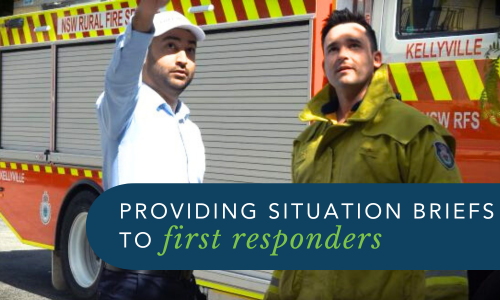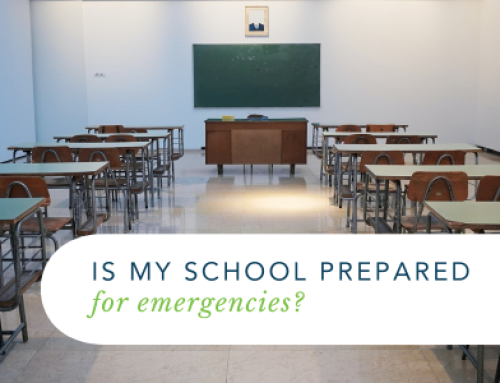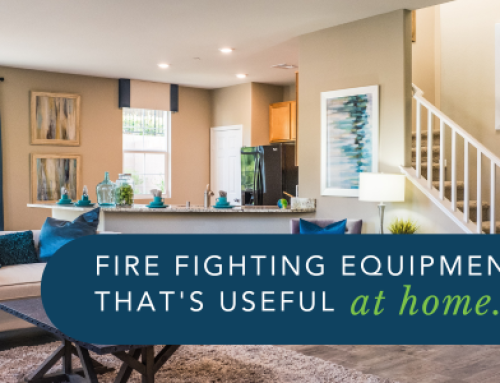A Chief Warden’s Guide to Providing Situation Briefs to First Responders
During times of crisis, effective communication and coordination are essential for a successful emergency response. The role of a Chief Warden becomes crucial in this regard, as they function as the primary point of contact between emergency services and those affected by the incident. Providing effective situation briefs to first responders can make all the difference in how well the first responders respond to the crisis. In this blog, we will explore the key steps a Chief Warden should take to deliver a comprehensive and concise situation brief to the relevant authorities.
Understanding the Role of a Chief Warden: Before delving into the intricacies of providing a situation brief, let us understand the responsibilities of a Chief Warden. In an emergency, a Chief Warden is appointed to lead and manage the wardens and occupants within a building or locality. They are trained to manage various emergencies, including fires, natural disasters, or any situation that poses a threat to life and property. A Chief Warden must stay calm under pressure and maintain focus during a crisis to ensure the effectively and timely response is commenced and implemented pending the arrival of the emergency services. By doing so, they will be able to provide accurate and timely information to the emergency services, helping them make informed decisions and execute their roles more effectively.
Understand the Roles and Responsibilities of Each Agency: A competent Chief Warden should have a reasonable understanding of the roles and responsibilities of the different Emergency Services (Police, Fire Fighters, Ambulance and SES services). Each agency plays a specific role in response to an emergency, and knowing their areas of responsibility can help to craft a more comprehensive and effective situation brief. This knowledge will also aid in determining which resources are required from each agency to manage the situation.
Assess the Situation: The first step for a Chief Warden is to understand the nature and scale of the emergency by assessing the situation. Information such as the type and location of the incident, potential hazards, the number of affected individuals, and any unique requirements for the responders should be obtained. It is all about the facts. Information should be verified from all available sources, such as alarms, emergency calls, eyewitness accounts and warden investigations to ensure its reliability. This initial assessment lays the foundation for an effective situation brief to the responding emergency services.
Determine the Priority of Actions: In emergencies time is of the essence, and the Chief Warden must implement the appropriate response with a clear focus on priorities. While all responding agencies will work together, certain tasks may take precedence over others. For instance, in a building fire, firefighters will need to deploy first to conduct any rescue of persons and combat the fire before the Ambulance team assist any injured individuals. Prioritising actions ensures a coordinated response. In this regard the Chief Warden’s structured and factual situation brief will allow the responding agencies to make quick decisions around what they need to do and when.
Maintain Ongoing Communication: Throughout the emergency response, the Chief Warden maintains ongoing communication with the emergency services. They function as a vital link between the responders and the facility or location, the Wardens and occupants, relaying updated information, and ensuring that all services are well informed to support their efforts. Emergency situations are often dynamic and can change rapidly. The Chief Warden should be prepared to provide updates to the first responder teams as latest information becomes available. Effective communication channels should be established to relay critical updates promptly.
Organise Information for the Brief: A situation brief needs to be clear, concise, thorough and informative. The Chief Warden organises the information systematically, ensuring it contains critical details relevant to each responding service. The Chief Warden should begin by introducing the emergency concisely. They should then provide the specific details such as the location, nature of the incident, status of persons affected and any potential dangers that responders may encounter. The brief should also include information about the resources available, staging areas, and any safety measures that need to be taken such as turning off power and gas supplies.
Use Precise Language and Avoid Jargon: When providing a situation brief, it is important for the Chief Warden to use clear and straightforward language. Avoiding jargon or technical terms that might be unfamiliar to certain responders ensures that everyone understands the situation and what is expected of them. Clarity in communication is key during high-stress and time critical situations.
Be Open to Questions and Clarifications: During the situation brief, the Chief Warden should be ready to answer any questions from the first responders and provide clarification if anything is unclear. This open communication helps to address any potential misunderstandings and ensures that all teams are on the same page before they proceed with their respective tasks.
A Chief Warden plays a pivotal role in ensuring the effective and coordinated handover and transitioned response to the first responders during emergencies. By gathering accurate factual information, understanding the roles of each agency, structuring a clear brief, and using clear concise language, the Chief Warden can set the stage for a well-coordinated and efficient continued response. The ability to adapt to changing situations and maintain open communication channels further enhances the effectiveness of their efforts, contributing to the safety and security of all those affected by the incident.
GET IN TOUCH
Are you ready for peace of mind that your workforce is as safe and prepared as possible?
With a dedicated team of staff ready to help you meet compliance requirements and improve the overall safety of your workplace, all you need to do is get in touch.
Request your free audit today!



